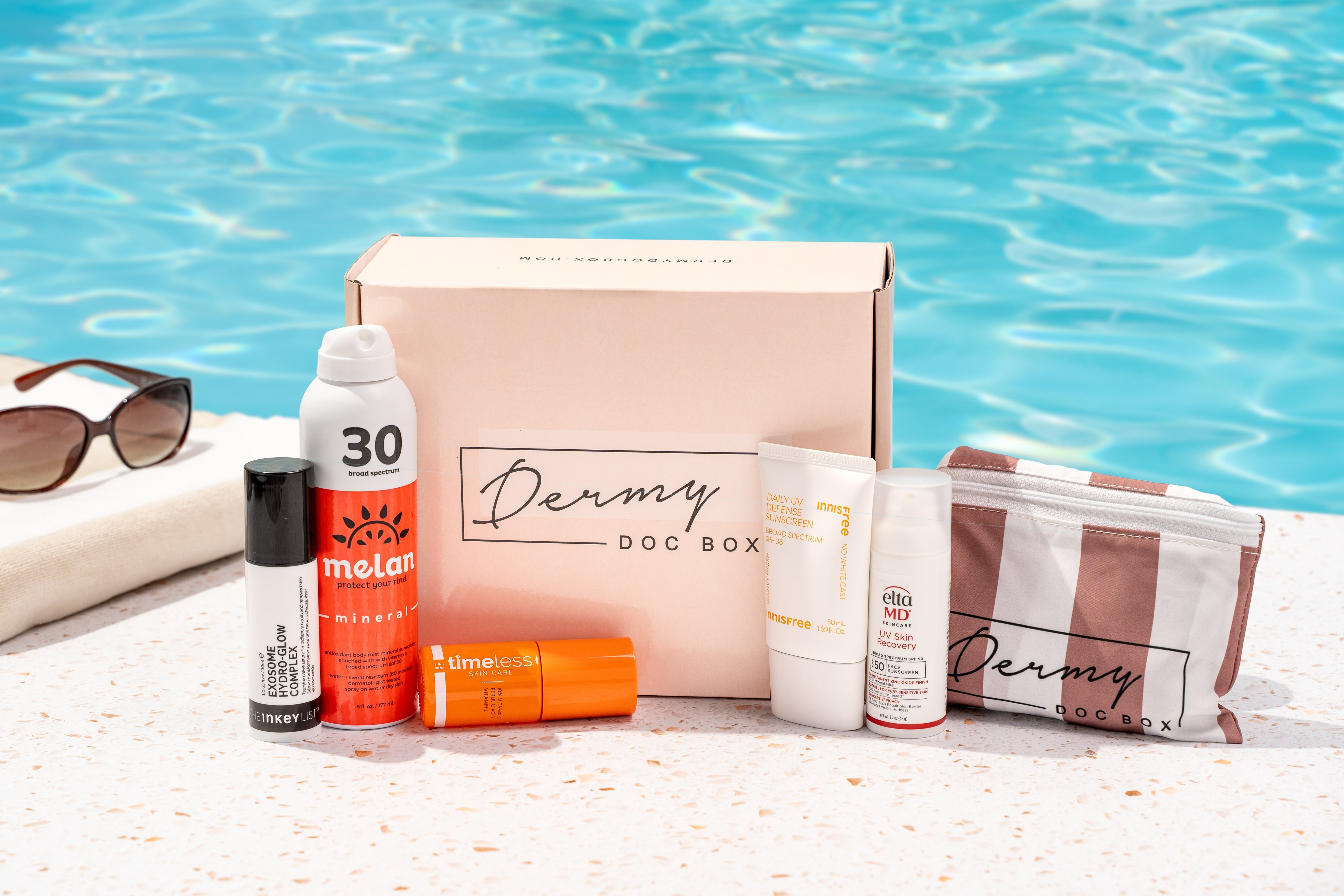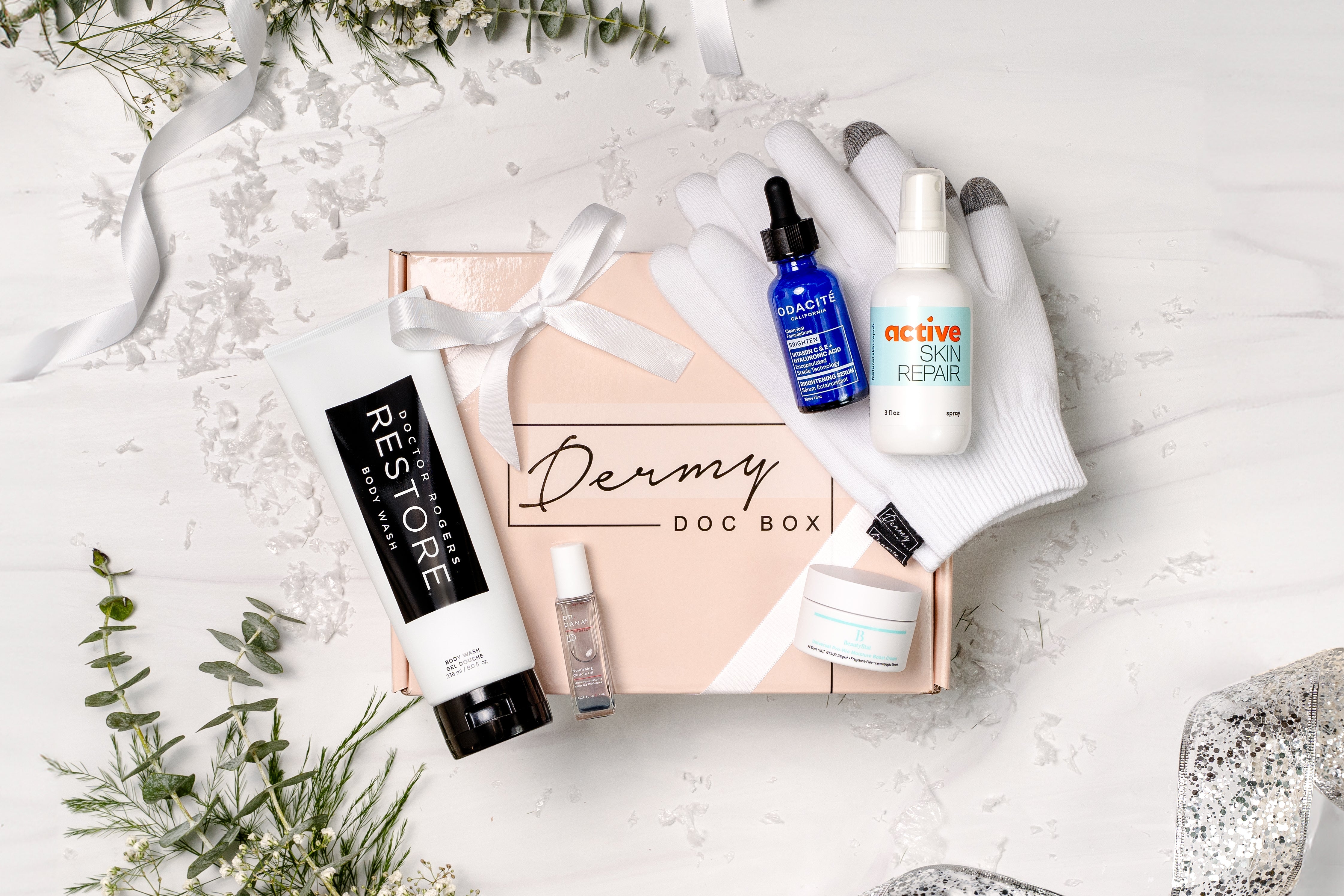Ultraviolet (UV) rays are naturally produced by the sun. Our eyes can’t see UV light, but our skin can feel it! Did you know there are different types of UV rays? Keep reading to learn about each one and how they can impact your skin!

There are 3 types of UV Rays (UVA UVB UVC)

There are three types of UV: UVA, UVB and UVC. UVC rays do not reach the Earth’s surface as they react with our ozone layer. Both UVA and UVB rays can cause a tan and/or skin cancer to develop with prolonged and repeated sun exposure but there are some slight differences in their properties.
UVB radiation has a stronger link to skin cancer

While both UVA and UVB rays can cause skin cancer, UVB rays have a stronger link to skin cancer development. This is thought to occur with repetitive damage to our skin's DNA, which eventually leads to mutations in the skin that the body cannot fix or keep up with. Multiple mutations result in the development of skin cancer.
The intensity of UVB radiation fluctuates throughout the day. It is most intense when the sun’s rays are strongest, such as mid-day.
The SPF number on your sunscreen is actually an indicator of how much protection from UVB radiation your sunscreen provides. SPF stands for “Sun Protection Factor” and it measures how long you can stay in the sun before getting burned compared to if you did not use sunscreen at all. For example, wearing sunscreen with an SPF of 30 will take you 30 times longer to burn than if you weren’t wearing any.
UVA radiation is known to cause skin aging *ahem

UVA and UVB are known to cause skin aging, but UVA rays reach deeper layers of the skin and therefore can do more damage to the structure and integrity of our skin. What gives our skin its structure and youthful bounce? Collagen and elastin fibers. These fibers can be destroyed with repetitive sun exposure and weaken much quicker than expected, leading to premature skin aging. This shows up in the form of sunspots, deep wrinkles, sagging, dryness and a leathery skin texture. Worst of all, UVA rays can penetrate glass, so having your windows up in the car doesn’t give additional protection. This is also why UV radiation is so prominent when flying on an airplane!
UVA radiation is the main type of light used in most tanning beds, which is what makes tanning bed use an unsafe practice. UVA accounts for up to 95 percent of the UV radiation reaching the earth. The radiation stays the same throughout the daylight hours, unlike UVB rays, which fluctuate based on the sun’s intensity and time of day.
When choosing a sunscreen, it’s important to look for the label “broad spectrum” to make sure you have protection against both UVA and UVB rays!
So, what's the takeaway? Wear sunscreen every day! The best way to protect yourself from UV damage is by wearing SPF 30 or higher on your skin. Sunscreen can also help prevent sunburns and other harmful effects of UV radiation.
Get our Summer Dermy Doc Box FILLED with all the SPF products you need to fight UV rays this time of year.
Did you know these UVB and UVA facts? If not, which one is new to you???
XOXO,








